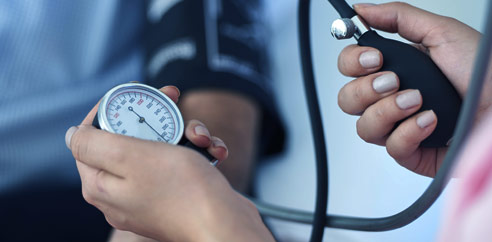5 Summer Safety Tips for the Beach
 If you’re like the rest of us here on the East Coast, when you think summer, you think of the beach. You pack up your bathing suits, flip flops, sunscreen, your favorite iDevice–or maybe a real hard copy book–and take off for a day or a week at the inviting waters of the Atlantic, or the tranquil, crystal clear waters of one of New England’s many lakes.
If you’re like the rest of us here on the East Coast, when you think summer, you think of the beach. You pack up your bathing suits, flip flops, sunscreen, your favorite iDevice–or maybe a real hard copy book–and take off for a day or a week at the inviting waters of the Atlantic, or the tranquil, crystal clear waters of one of New England’s many lakes.
Of course, before you leave, the first thing you should do is test your home security system, ensure it’s working properly, and alert your provider if you’re planning to be away for more than a day. In addition, here are some tips to ensure you and your family stay healthy and safe while you’re frolicking at the water’s edge.
1. Don’t Forget the Nose Plugs–Recently a 14-year-old boy in Minnesota and a 21-year-old woman in California died after being infected by brain-eating amoebae while swimming in warm, freshwater lakes. While the risk of infections from the Naegleria fowleri amoeba is rare, they unusually happen when swimmers get contaminated water inside their noses.
According to the CDC, you should use nose clips, hold your nose shut, or keep your head above water when you’re swimming in bodies of warm, freshwater.
2. Check the Tide–Before you go into the water, you should always check the tide for signs of rip currents, such as discolored brown water (caused because the stand is stirred up), debris floating out to sea, foam on the surface of the water, and a rippled patch when the water around is calm.
If you’re caught in a rip current, stay calm and don’t fight the pull of the ocean, according to the Ipswich, Mass. police. Once you’re free, turn and swim toward shore, but if you can’t swim to the shore right away, float or tread water until you’re free and then head toward the shore. You should always call for help immediately.
3. Pay Attention to the Weather–If it looks a thunderstorm is rolling in get off the beach immediately. Lightning strikes kill about 58 people every year, according to the Massachusetts Office of Energy and Environmental Affairs. It’s dangerous to be on the beach during a thunderstorm, even if you’re not in the water.
4. Use the Buddy System–You may be a great swimmer, but you still shouldn’t swim alone. Everyone, especially children, should swim with someone else. If one person gets into trouble, the other person can call for help.
5. When in Rome . . . –If you and your family are planning to vacation on an unfamiliar beach in a faraway and exotic locale be sure to pay attention to local customs so you don’t draw attention to yourself. Sticking out like a sore thumb can make you more of a target for thieves.
“For instance, in Brazil, locals don’t bring towels to the beach. Instead, everyone uses the Brazilian sarong or ‘kanga,’ to lie on the sand,” according to an article on Canary Connect Inc. “A kanga is made of a lightweight material and also doubles as a cover-up for ladies when walking to and from the beach. To blend in and avoid looking like a tourist, leave the traditional beach towel at home.”
We hope if you follow these safety tips, you and your family will have a safe, healthy, and fun day at the beach.
Next Steps:
- Subscribe to our blog to stay informed about the latest security news and insight.
- Stay up to date on security topics such as home alarm systems, business security systems, video surveillance systems, IP video networks, remote video monitoring, fire alarm systems, and fire alarm inspection.

















